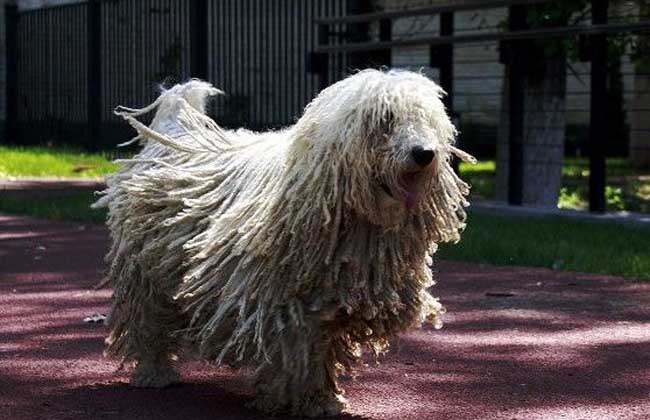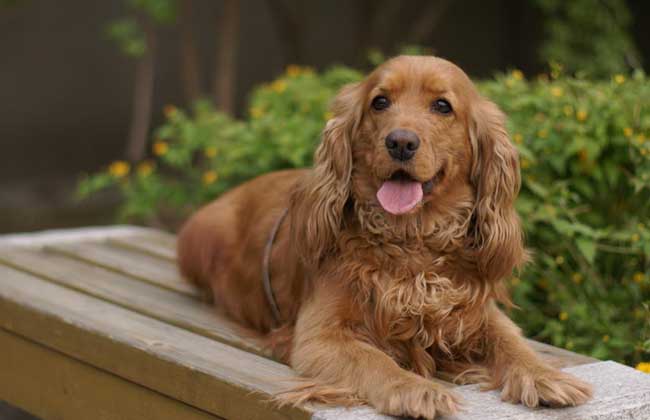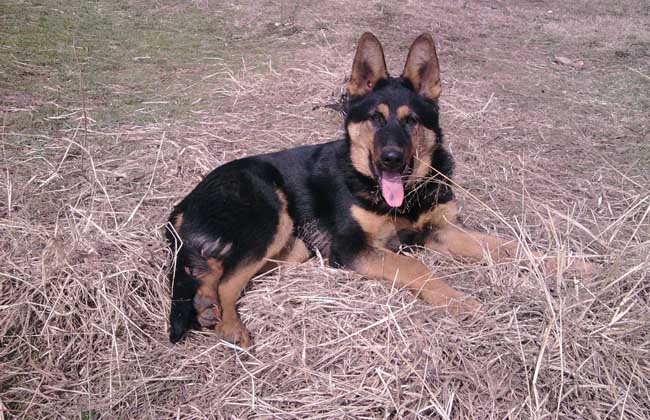How much does a dog cost?

Kemeng dog, also known as Kemondo dog, mop dog, etc., comes from the Pusita region of Hungary, with white body and rope-like hair hanging vertically. It can grow to the ground for 4 years because it runs like a moving mop and is loyal to its owner. It has a strong sense of territory and protection, quick, agile and lightweight, and is very popular. Let's take a look at how much a dog costs.
But how much is a Meng dog?
But the price of a dog is about 1000-30000 yuan per dog. The Kemon is the guardian king of Hungarian livestock and is considered an unusual breed in the United States today. It is well-muscled and covered with dense white velvet-like fur to protect it from predators. Despite its size, it is not bulky, surprisingly fast, agile and lightweight. Brave and competent to protect sheep and other livestock from wolves, coyotes, wild dogs or human thieves.
Selection criteria of Kemeng Dogs
1. Head type: the length of the head is about 2 to 5 with shoulder height.
2. Eyes: eyes are medium-sized, almond-shaped, dark brown in color, and eyelids gray or black.
3. Ears: the shape of the ear is long triangle and the tip is slightly round. The position of the ear root is moderate and the length can be extended to the inner corners of the eyes on both sides.
4. Mouth: the muzzle is wide and thick, and the top elephant is truncated.
5. Somatotype: the body is strong, deep-chested, muscular and well-proportioned.
6. Limbs: the shoulders are properly tilted. The forelegs are straight, bony and muscular. The forearms are close to the body and the elbows are not relaxed.
7. Tail: length extends to hocks. Bend slightly upward, and the tip of the tail can be bent to one side or not.
8. Coat: there are two layers of coat, a soft, dense, flocculent undercoat. The coat is strong and rope-like, and the touch feels like felt.
The character characteristics of Kemeng Dog
1. Territory instinct: it is the instinct of Komeng dogs to defend their homes and their reservations from humans or other dogs, but birds or other animals will ignore them when they enter the territory. Dogs think that people and dogs are their own kind, and they are suspected intruders to those they are not familiar with.
2. Ganging up: wild dogs are ganged up, and domestic dogs regard their owners as the leaders of the group and are responsible for the defense of the group. If a stranger (person or dog) is accepted by the group leader (dog owner) without aggressive behavior, the dog will also accept the stranger. When the leader (dog owner) is away, the dog takes the responsibility of defending the territory in his place, and his behavior is very different, and even a small, quiet bitch will show "territorial aggression".
3. Chasing the postman: brief visitors (such as postmen) will enhance the dog's "turf aggression". Because the dog barks and warns the newcomer to leave, they leave quickly so that the dog thinks they are afraid and coward. and put the postman uniform in this category of objects that can be chased but they will retreat. The response to this behavior is for the owner to arrange for the postman to be introduced to the dog so that the dog often sees you (the leader of the group) receiving visitors.
4. Hunting instinct: although dogs have been domesticated for thousands of years, some dogs still have the instinct to chase and capture prey, sneaking, catching and killing small animals, but most dogs can only chase prey for a while.
5. Chasing cats: cats are sports objects rather than eatable meals for Kormont dogs. Cats, because of their small size, fur and fast movement, are ready to escape at any time and induce the dog's prey capture instinct. Generally speaking, this kind of chase is harmless, just let the cat hiss and spit. Dogs can identify different cats, can coexist peacefully with cats from the same family, and may chase a cat outside and nest with cats from the same family when they get home.
Related
- A course of planting techniques and methods on how to grow carrots
- How to plant the latest tulips?
- Is it better to pick tea in the morning or in the afternoon? When is the best time for tea to be picked? what is the third or fifth tea?
- Launch Yuanxiao Happy combination Haocha + Tea Yuan healthy Taste
- Penghu Tourism "Fireworks 20 Parade with You"
- 2022 West Lake Happiness holds "Digital Revitalization Voucher" and draws iphone13 and laptop.
- Banqiao Fuzhou social houses are designed to change start-up combined with police elimination to create a safe and livable environment
- The convenient measure of "mechanical weeding" in Xinbei has been abused and the Agriculture Bureau has imposed heavy penalties on the illegal land consolidation.
- Changgeng University Joins Hands with Four Memory Factories to Rescue Memory Talent Shortage
- The list of Taiwan's top 100 MVP managers is listed by the Director-General of the Farmers' Association of Sanxia District.



